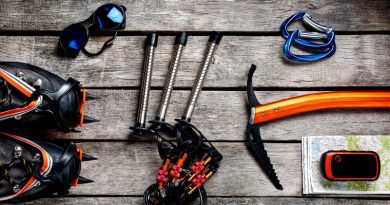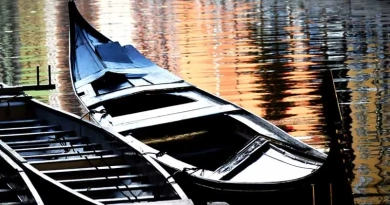
What Is The Best Way To Handle And Release Fish To Ensure They Survive
Mastering Catch and Release: Ensuring Fish Survival
As dawn breaks and the water shimmers with the promise of a new day, an angler prepares for the thrill of the catch. But beyond the joy of catching lies a deeper responsibility: the careful practice of catch and release. This technique, rooted in conservation, ensures that fish populations thrive for future generations. But how do you handle and release fish to ensure they survive? This question carries us into the heart of ethical angling.
The Question at Hand: Understanding Catch and Release
Catch and release fishing is the practice of catching fish and then releasing them back into their natural habitat. The goal is to minimize harm and ensure the fish can continue to grow, reproduce, and contribute to the ecosystem. This method is particularly important in maintaining fish populations and ecosystems, balancing the joy of fishing with the responsibility of preservation.
Exploring the Techniques: Options and Obstacles
Catch and release fishing involves specific techniques and careful handling to maximize the survival rate of released fish. Here are some key practices:
Types of Hooks and Lures:
- Artificial Lures: These are less likely to be swallowed deeply by fish, reducing the risk of internal injuries. They often hook fish in the lip, making hook removal easier and less stressful.
- Barbless Hooks: These minimize injury and facilitate easier release. Regular hooks can be modified by flattening the barbs with pliers.
Proper Handling and Release:
- Using Appropriate Gear: Strong rods and reels help land fish quickly, reducing exhaustion. Avoid using light gear that prolongs the fight, as this can increase stress and decrease the fish’s chances of survival.
- Handling Fish: Always handle fish with wet hands or gloves to protect their mucous layer, which is vital for their health. Support the fish horizontally and avoid touching the gills and eyes.
- Quick Release: Minimize the time fish spend out of water. If possible, remove hooks while the fish is still in the water using dehooking tools. If the fish must be removed from the water, do so quickly to reduce stress.
- Reviving Fish: If a fish appears exhausted, hold it in the water facing into the current to help oxygenate its gills. Ensure the fish is strong enough to swim away on its own before release.
The Best Approach: Technique and Precision
To ensure the survival of released fish, follow these best practices:
- Lubricate the Knot: Before tightening, lubricate the knot with water or saliva to reduce friction and prevent weakening of the line.
- Tighten Slowly: Draw the knot tight slowly and evenly to avoid kinks and weak spots.
- Trim the Tag Ends: Use a sharp tool to trim the tag ends close to the knot, avoiding any excess that could catch on weeds or debris.
Implementing the Strategy: Tools and Resources
Mastering catch and release requires practice and the right tools:
- Dehooking Tools: Essential for removing hooks quickly and safely without harming the fish.
- Landing Nets: Use rubberized, knotless nets to minimize damage to the fish.
- Educational Resources: Utilize guides like those from NOAA Fisheries, the U.S. National Park Service, and Take Me Fishing for detailed instructions and best practices.
Conclusion: Balancing Joy and Responsibility
As the sun sets and the water reflects the day’s adventures, the importance of proper catch and release practices becomes clear. Each successfully released fish is a step towards sustainable fishing, ensuring the waters remain bountiful for future generations. By understanding and implementing these best practices, you contribute to the health of aquatic ecosystems and uphold the true spirit of ethical angling.
For more detailed information, you can explore resources such as NOAA Fisheries, the U.S. National Park Service, and Take Me Fishing. These sources provide comprehensive guidelines to help you master the art of catch and release, ensuring you fish responsibly and effectively.
SEE ALSO: What Is Catch And Release Fishing And How Do I Do It Right






